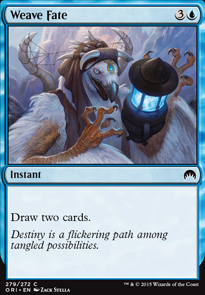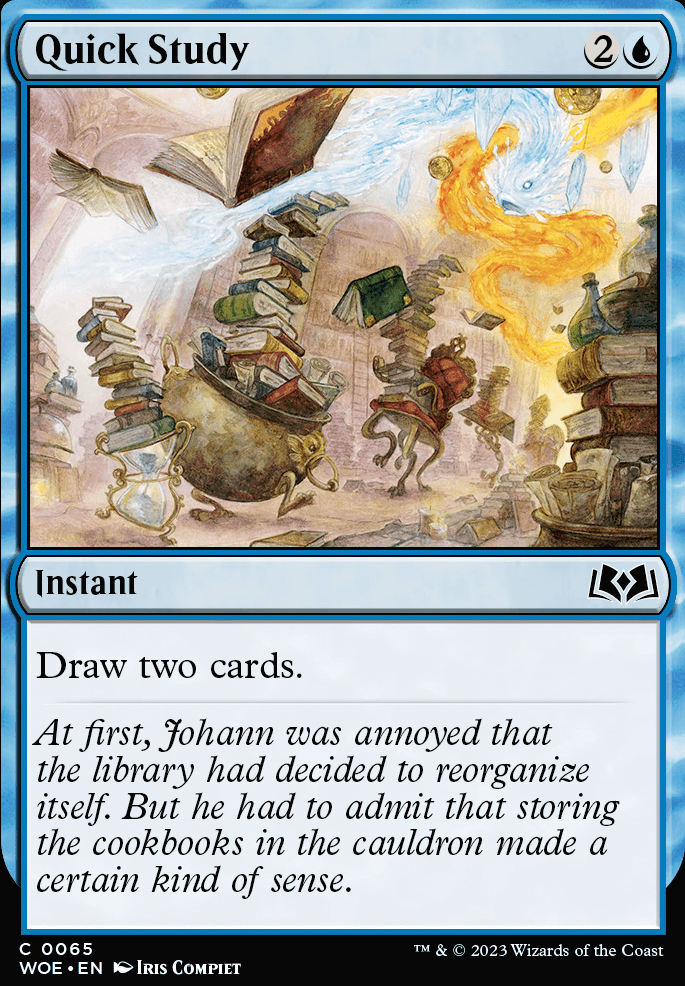
Combos Browse all Suggest
Legality
| Format | Legality |
| 1v1 Commander | Legal |
| Alchemy | Legal |
| Arena | Legal |
| Block Constructed | Legal |
| Brawl | Legal |
| Canadian Highlander | Legal |
| Casual | Legal |
| Commander / EDH | Legal |
| Commander: Rule 0 | Legal |
| Custom | Legal |
| Duel Commander | Legal |
| Gladiator | Legal |
| Highlander | Legal |
| Historic | Legal |
| Legacy | Legal |
| Leviathan | Legal |
| Limited | Legal |
| Modern | Legal |
| Oathbreaker | Legal |
| Pauper | Legal |
| Pauper EDH | Legal |
| Pioneer | Legal |
| Pre-release | Legal |
| Standard | Legal |
| Tiny Leaders | Legal |
| Vintage | Legal |
Quick Study
Instant
Draw two cards.
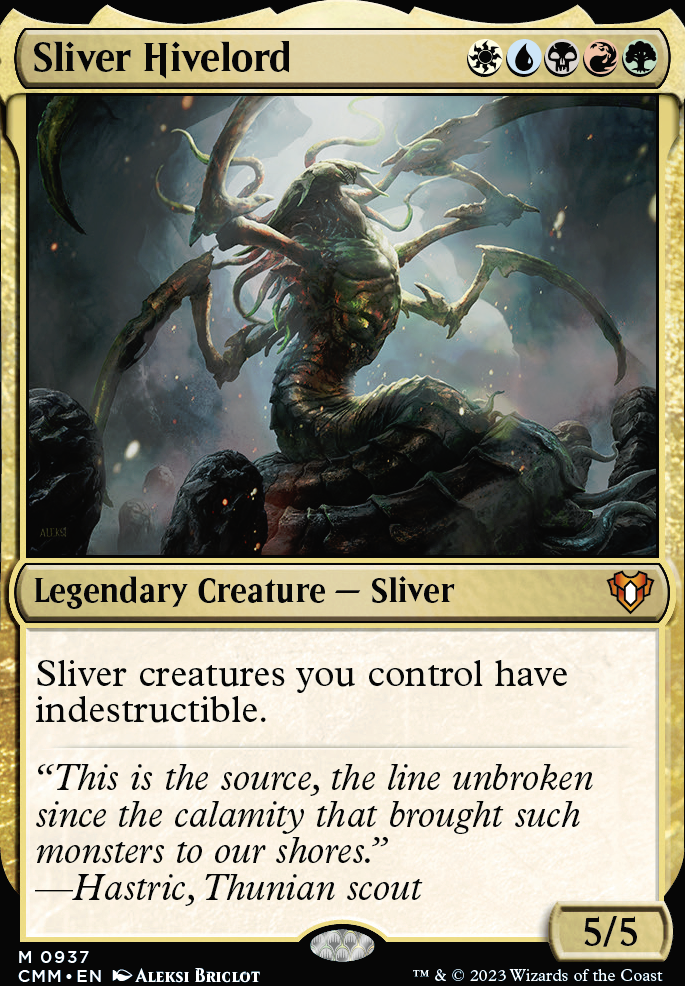
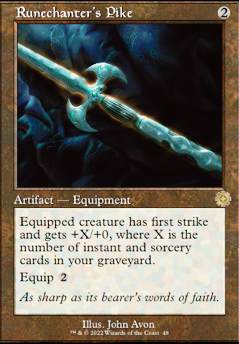
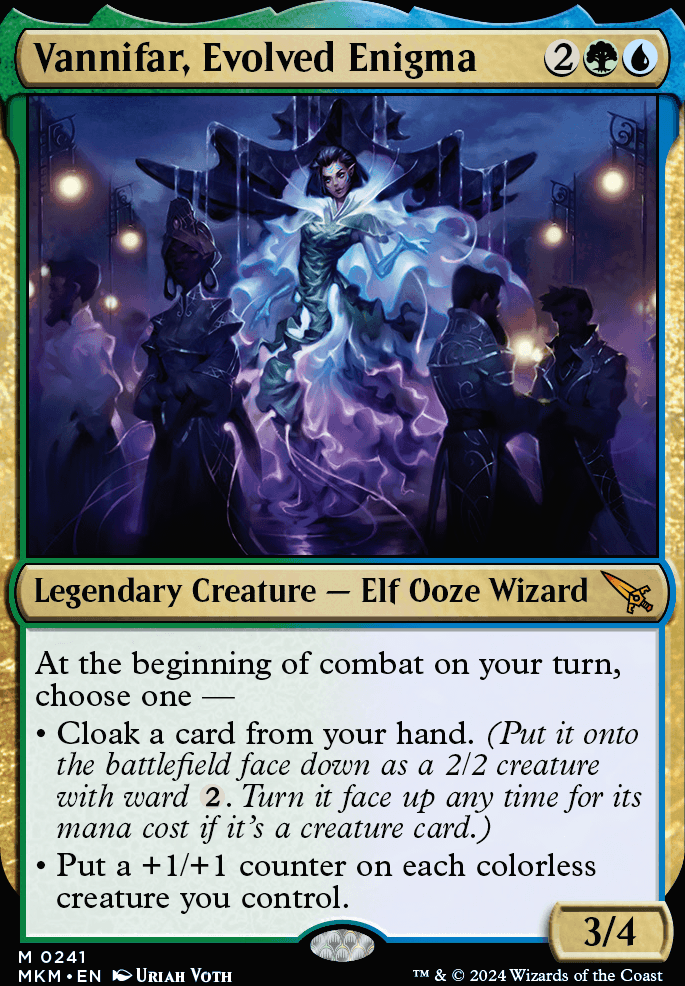
![Narset, Parter of Veils feature for Frank Lucas's Pure Blue Magic [[Talrand]]](http://static.tappedout.net/mtg-cards-2/CMM/narset-parter-of-veils/regular-1690086288.png)
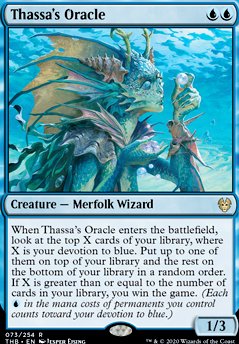
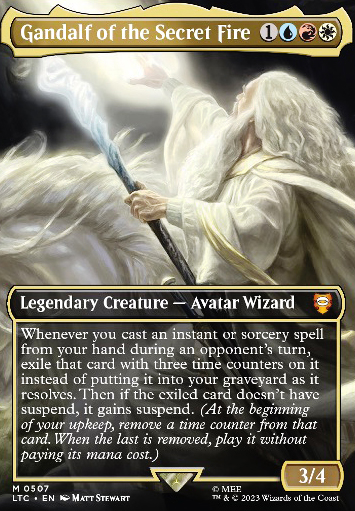
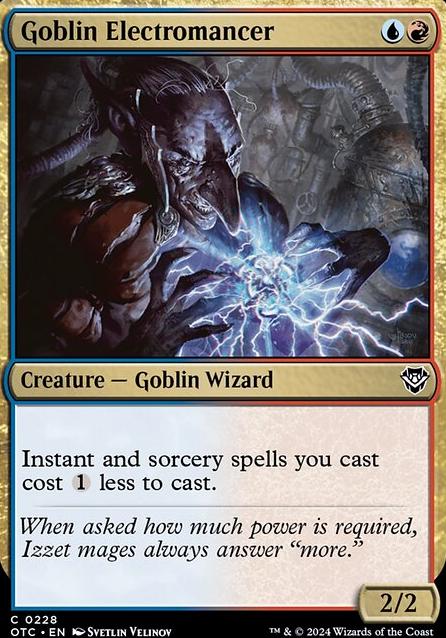
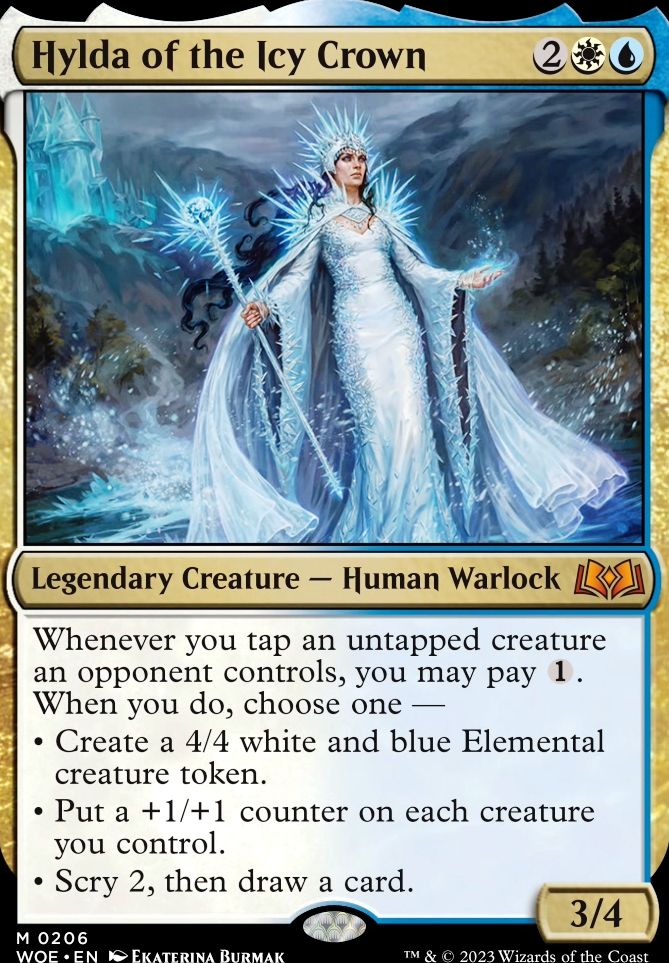
SteelSentry on Improve my Magus Lucea Kane …
1 month ago
Welcome to both Commander and the Genestealers! I have a deck very similar to this, since the Tyranid precon is perfectly fine out of the box. On a budget, the land base is definitely top priority; I see you're not running any guild signets (Izzet, Simic, Gruul) which on top of ramp can also fix your colors depending on what color balance you end up having. On that topic, with a budget manabase, you may have to part ways with some of the more color intensive spells, as they might get stuck in your hand, and your general only produces colorless. Tribute to the World Tree, Diviner's Portent, etc. having three of the same symbol can be rough on a budget manabase. Fathom Mage is a pretty good draw engine, and you could replace a big burst draw spell with a small burst spell like Quick Study which is better early game and perfectly fine later. I also like Abundance which was in the precon. Shigeki, Jukai Visionary is a card I'm happy to draw every time I see him; he blocks, he ramps, he regrowths, he slices, he dices!
If you're looking for cuts for other cards, two that jumped out that I cut from mine are Bone Sabres and Hierophant Bio-Titan. They're alright if you're already winning, but often I'd rather have anything else than one more big creature.



![Frank Lucas's Pure Blue Magic [[Talrand]] thumbnail](http://static.tappedout.net/chart/0-100-0-0-0-small.png)



